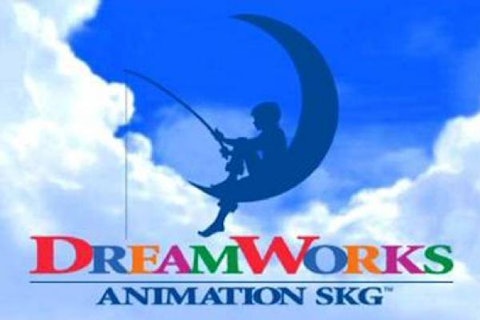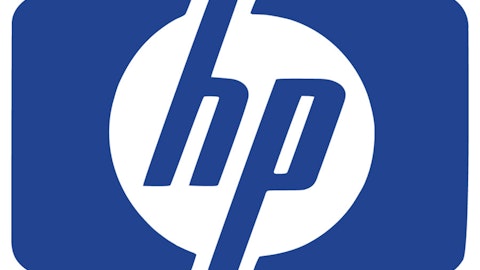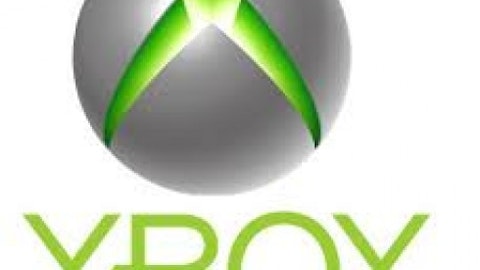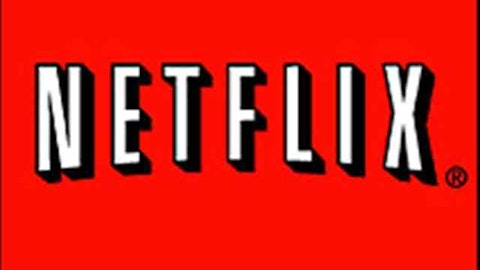Chances are if you have kids, or you’re just a kid at heart, you’re quite familiar with Dreamworks Animation Skg Inc (NASDAQ:DWA) . DreamWorks, an animated film company headed by CEO and co-founder Jeffrey Katzenberg, has delivered 25 films in total to date including the Shrek, Kung Fu Panda, and Madagascar series.
Last week, the company reported its fourth-quarter earnings results and, to be quite frank, it wasn’t its finest hour.

For the quarter, revenue jumped 21% to $264.7 million thanks in large part to the continued success of Madagascar 3: Europe’s Most Wanted, which contributed $95.2 million in post-box-office sales, and its library, which added an additional $63.4 million. Unfortunately, production costs more than doubled to $354 million and Dreamworks Animation Skg Inc (NASDAQ:DWA) reported a $0.98 quarterly loss.
Most of the blame lay with Rise of the Guardians, which cost $145 million to produce but only generated $302 million in sales, to date. All told, Rise of the Guardians cost DreamWorks $87 million in writedowns and will be the impetus that results in 350 full-time employees being laid off — about 15% of DreamWorks’ full-time staff.
Investors can take news like this in one of two ways: as a sign that DreamWorks has lost its luster, or as an incredible opportunity to invest in a rapidly evolving animation company.
How to train your portfolio
As you might guess by my analysis of DreamWorks and its CEO just last month, I see a lot of value in DreamWorks’ future based on the company’s past performance and its strength in leadership. As I noted previously, in spite of producing just 25 animated films, DreamWorks boasts four of the top 50 grossing movies of all time! To me this demonstrates that what DreamWorks is doing is more than just luck — it’s a reflection of workers having the right tools, and the company having the right talent, to get the job done right.
In a case of incredible timing, while on vacation in California last month, I received a call from Jeffery Katzenberg inviting me to tour DreamWorks’ five-building campus to get a better feel for what investments the company had made in terms of technology to streamline and improve its animations. Needless to say, the technology and software upgrades being utilized by DreamWorks helped build up my overall image of the company from just a rear-looking success story to one that looks primed for success moving forward.
Rise of the technology
My guided tour through DreamWorks’ campus hit on many points, from the theater to animation aspects, even stopping off at the company’s data center. Below, I’ll attempt to share some of my key takeaways from my experience at DreamWorks.
Source: Sean Williams.
But before we jump headfirst into what makes DreamWorks tick, I think a brief overview of the production process itself will help shed some light on the challenges a company like DreamWorks faces on a daily basis, and how it’s investing heavily now in newer technologies to overcome those obstacles.
According to Kate Swanborg, DreamWorks’ technology executive and head of enterprise marketing — my “question answerer extraordinaire” over the course of two hours — each animation takes approximately five years to make, involves an average investment of $130 million, requires about 200 terabytes of storage space, and includes 60 million to 80 million render hours! In spite of these impressive tallies, only 3-5 seconds of animation are produced in a given week. This might seem painstakingly slow from a numbers perspective, but it’s a requirement if DreamWorks hopes to keep its competitive edge over Disney‘s Pixar.
At the heart of DreamWorks’ transformation is a completely revamped hardware and software system capable of giving developers at any stage of the production process almost instant feedback.
On the hardware side, DreamWorks began partnering with Hewlett-Packard Company (NYSE:HPQ) as early as 2001. Since then, it’s built on this partnership to include a full line of Z800 and Z820 workstations with 100 gigabytes of RAM. Previous workstation models weren’t allowing employees to fully utilize the memory and processing capacity of HP’s workstations, which ultimately held them back. That isn’t the case with the newer models, which are more fully utilizing the upgraded processing and memory capacity and translating into more efficiently produced films.
On the software side, DreamWorks shifted away from Emo software to the considerably more user-friendly Primo software. Primo allows DreamWorks’ animators to seamlessly turn their imagination loose with the end result being instant feedback that wasn’t available with Emo’s software.
Source: Sean Williams.
Combining the two processes are 20,000 CPU cores in one of its three big data centers — one of which is pictured below in Glendale, Calif.
Source: Sean Williams.








